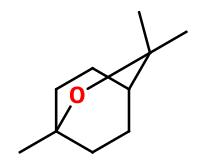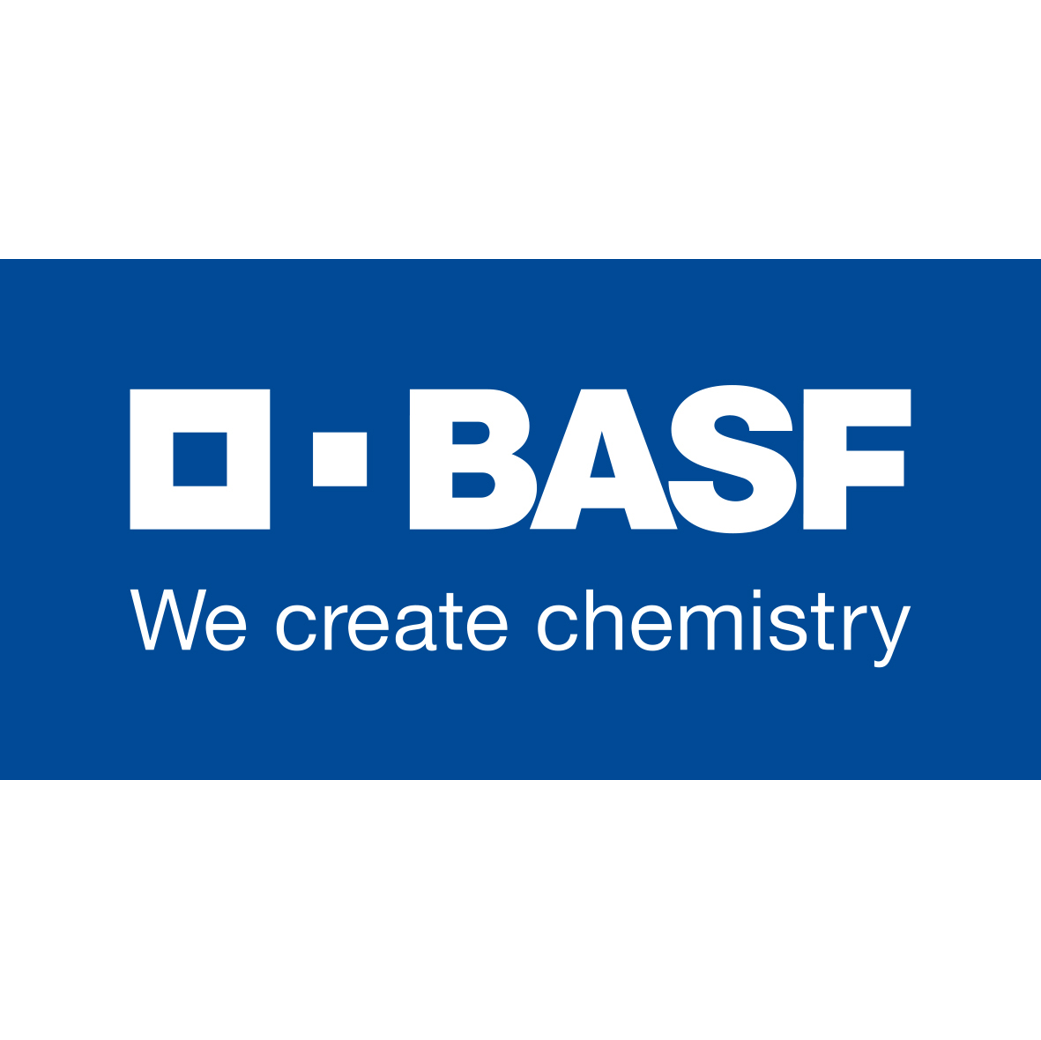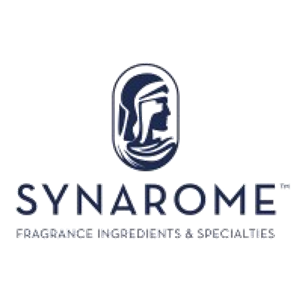
Photo credits: ScenTree SAS
| Company | Ingredient Name | ID | Comments | Naturality | Certifications | MOQ | Purity |
|---|---|---|---|---|---|---|---|
|
|
Eucalyptol - 30gr | - |
Visit website
|
- | - | - | |
|
|
EUCALYPTOL | M_0053330 |
Visit website
|
Naturel | - | - | |
|
|
EUCALYPTOL NATURAL EX- EUCALYPTUS | - |
Visit website
|
- | 10 grs | - |
General Presentation
-
CAS N° :
470-82-6 -
EINECS number :
207-431-5 -
FEMA number :
2465 -
FLAVIS number :
03.001
-
JECFA number :
1234 -
Volatility :
Head -
Price Range :
€€
Physico-chemical properties
-
Appearance :
Colorless liquid -
Density :
0,925 -
Refractive Index @20°C :
1.450 - 1.460 -
Optical rotation :
Data not available. -
Vapor pressure :
1.6426 mmHg @20°C 1.8976 mmHg @25°C -
Flash Point :
48°C (118,4°F)
-
Molecular formula :
C10H18O -
Molecular Weight :
154,25 g/mol -
Log P :
Donnée indisponible. -
Fusion Point :
1°C (33,8°F) -
Boiling Point :
176°C (348,8°F) -
Detection Threshold :
1 et 64 ppb (0,0000064%)
Chemistry & Uses
Uses in perfumery :
Eucalyptol is used in woody, aromatic and fougere perfumes, to boost a lavender and to ice flowers and fruits, bringing them a cold facet.
Year of discovery :
Data not available.
Natural availability :
Eucalyptus EO contains up to 85% Eucalyptol, therefore the molecule can be extracted with a purity of up to 99,8%. Bay Leaf EO also contains up to 70% Eucalyptol.
Isomerism :
Eucalyptol has several constitutional isomers, mainly with a floral note: Linalool, Geraniol and Nerol are part of it. Menthone is also an isomer of Eucalyptol, and has a very minty note, but less coniferous.
Synthesis precursor :
Eucalyptol can be a precursor to the synthesis of other terpenes, by a Diels-Alder reaction for example.
Synthesis route :
Eucalyptol is a little synthesized raw material, as it can be extracted from Eucalyptus EO and other oils with a high yield and high purity.
Stability :
Stable in perfumes and diverse functional bases
Other comments :
Data not available.
IFRA
IFRA 51th :
This ingredient is not restricted for the 51th amendment
















